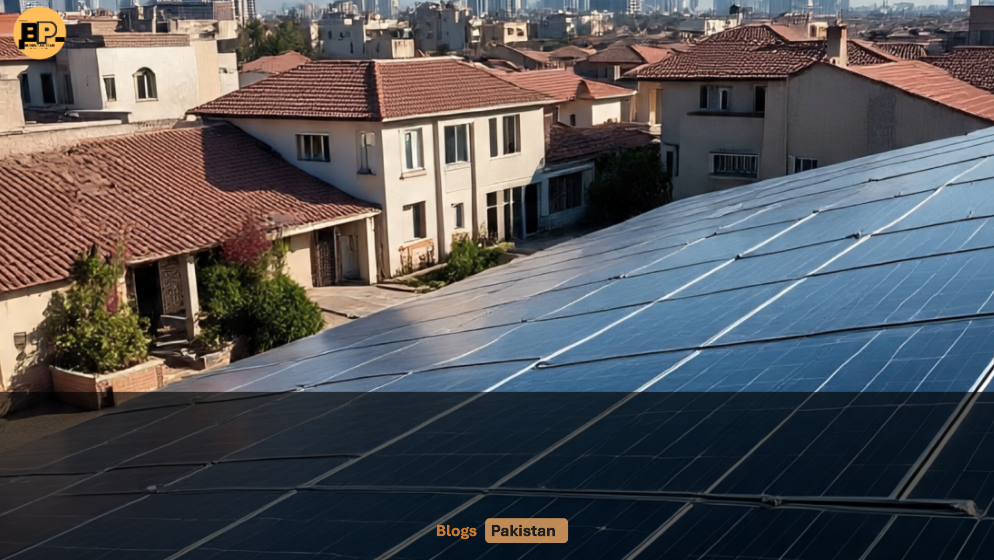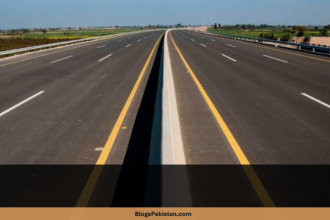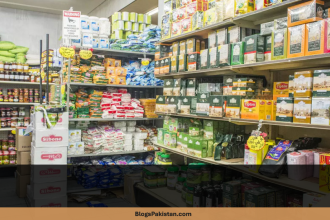Pakistan’s solar energy scene is lighting up — literally — with a jaw-dropping 32,000 megawatts worth of capacity now imported into the country. But beneath the sunny headlines lies a power struggle: between cheap imports, local manufacturing, and some serious tax drama.
The Solar Explosion: What’s Actually Happening?
If you’re wondering why your neighborhood suddenly looks like a shiny field of solar panels, you’re not alone. Pakistan has officially imported 2.25 billion solar panels, enough to generate a total of 32,000 megawatts of power — that’s more than the current total national grid capacity during summer months.
From dusty rooftops in Multan to sleek installations in Islamabad’s posh sectors, the solar takeover is real, and it’s massive.
According to an official document revealed recently, here’s how things break down:
- 6,271 MW of solar power is connected through net metering — the system where households feed surplus electricity back into the national grid and get credits.
- 6,506 MW has been installed off-the-books — solar setups that aren’t connected to the national grid via net metering.
- 5,521 MW is entirely off-grid — mostly rural areas where the national grid never showed up, but the sun did.
Add in the remaining stockpile of unused inventory, and the solar potential shoots up to around 13,000 MW more. That’s almost as much as a small European country!
The Bright Side: Why Solar is Booming in Pakistan
Let’s be honest — this isn’t just about going green. It’s also about going broke a little slower. With sky-high electricity bills, chronic load-shedding, and inflation giving everyone trust issues with utility companies, solar panels are becoming Pakistan’s favorite DIY power move.
A few solid reasons why solar is winning in Pakistan and India:
- Affordability: Prices of imported panels have dropped drastically, thanks to massive global production.
- Load-shedding Savior: Solar gives freedom from unpredictable outages.
- Government Push: Policies like net metering and incentives (when they’re not tangled in red tape) make adoption easier.
But here’s the kicker: almost all of this solar boom is riding on tax-free imports.
The Taxing Debate: Solar’s Sunny Side Hits a Cloud
Here’s where things get spicy.
According to the same official document, imported solar panels currently face little to no tax, while locally produced panels are slapped with an 18% GST.
Sounds unfair? The local solar industry definitely thinks so.
They argue that:
- Cheap Chinese imports are being “dumped” into Pakistan — meaning sold below cost to dominate the market.
- Local manufacturers can’t compete on price due to higher production and tax costs.
- The lack of quality control on imports means some panels are “cheap for a reason.”
So, to “level the playing field,” the government proposed an 18% sales tax on imported solar panels in the 2025-26 budget — hoping it’ll give local factories some breathing room.
But wait…
Plot Twist: National Assembly Says “No Thanks”
Just when local industry thought it had a win, the National Assembly’s Standing Committee on Finance rejected the 18% tax proposal.
Here’s what went down:
- FBR Chairman said there’s no tax on full solar panels — only on parts being imported and assembled here.
- Committee members, however, weren’t impressed.
- MQM’s Javed Hanif supported the tax, citing rampant dumping and “low quality” imports.
- Others — including the media, industry reps, and consumer rights groups — argued that taxing solar would crush affordability just when momentum is finally picking up.
Final vote? Majority said no to the tax. Solar imports remain tax-free… for now.
What This Means for You (Yes, You)
If you’re a regular consumer looking to “go solar” in Karachi, Lahore, or Delhi — now’s a good time. Here’s why:
- Prices are low, thanks to the massive imports.
- Net metering is widely available (though you’ll want to check with your local DISCO — and prepare for a bit of paperwork-induced soul-crushing).
- Rooftop solar systems pay for themselves in under 3 years, especially if you’re in a high-bill urban area.
But beware: with so many cheap imports, quality can vary. Look for certified installers and demand a warranty — because a malfunctioning solar panel is just an expensive roof decoration.
Is Local Manufacturing Doomed?
Not exactly — but it’s an uphill climb. Local manufacturers are pushing for better regulation, R&D support, and subsidies. Their case isn’t wrong either — a strong domestic solar industry could create jobs, reduce dependency on China, and improve national energy security.
But until local panels can match imported ones in price, quality, and efficiency, the average buyer will likely stick with the cheaper imported option — taxes or no taxes.
The Bottom Line: Pakistan’s Solar Future Is Bright (But Complicated)
Here’s what we know for sure:
- Pakistan is in the middle of a full-blown solar revolution.
- Imports have powered that revolution.
- Local industry is trying to catch up, but needs policy support.
- The government is stuck between promoting affordability and protecting local jobs.
This debate isn’t ending anytime soon — and with climate change, energy crises, and growing demand all in the mix, it’ll only get more intense.
So whether you’re a rooftop solar enthusiast, a curious investor, or someone just trying to escape load-shedding — keep your sunglasses handy. Pakistan’s solar journey is just heating up.










